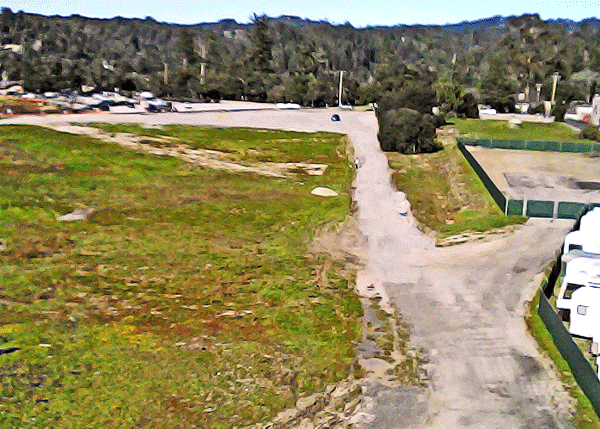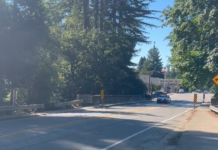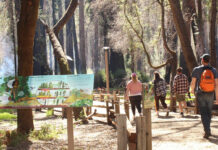
Updating the economic component of Scotts Valley’s general plan is tricky business, with wrapping business and residential up in a tight bow a tall order.
The city last updated its general plan — a blueprint for growth and land development for the next 20 years — in 1994. The current document is expected to be completed in 2018.
The city began its general plan update process last June with a well-attended community workshop. Overseen by the General Plan Advisory Committee (GPAC), composed of city council and planning commission members, business leaders, school representatives and the public at large, the group met for the fifth time on Dec. 11.
The general plan is divided into several elements: land development, open space, transportation and housing.
To no one’s surprise, the proposed Town Center has the ability to dramatically change the landscape of the business community.
“Given the dynamic changes in the retail sector…the Town Center with an appropriate mix of land uses that are supported by a new market and financial feasibility analysis that is economically attractive to investors and developers,” wrote Kimley-Horn Associates, hired by the city in 2014 to guide the general plan process.
The proposed Town Center has an existing specific plan for a mix of retail, commercial and residential that no longer fits in with national retail trends, which have been replaced by online shopping.
Last summer the developer who was considering making the Town Center a reality dropped out because of a soft retail market.
The high cost of housing and limited number of available houses — which is addressed in another general plan element — means it is difficult to live and work in the area.
Only 11 percent of Scotts Valley resident work in the city, with 32 percent commuting to other areas of Santa Cruz County, and another 34 percent commuting to Santa Clara County, according to the report.
Very few of the jobs in Scotts Valley pay enough to support the high cost of living. Manufacturing, including Threshold Enterprises and Fox Racing Shox, account for nearly 20 percent of all jobs. Another 11 percent workers are employed in accommodation and food services.
Critical issues to the economic element of the updated general plan include:
n Strengths: proximity to Silicon Valley and small-town feel.
n Weaknesses: Town Center challenges, limited workforce and high cost of living.
n Opportunities: UCSC spinoff companies, tourism and Town Center.
n Threats: Housing supply, traffic congestion and static political environment.
The report, which still must be approved by the Scotts Valley City Council next year, suggests the following recommendations.
1. Sustain existing high-quality city services and valued access to local officials and city staff.
2. Chart the course for citywide economic development through existing city planning
efforts, most significantly the general plan update.
3. Update the Town Center Specific Plan, now nearly 10 years old, to reflect current city
goals, market realities, site specific factors, and emerging opportunities.
4. Leverage regional economic development resources.
5. With increased fiscal stability, consider adding staff to prevent bottlenecks and execute basic economic development functions
6. Consider marketing and branding opportunities.
The entire report is available at the website www.scottsvalleygeneralplan.com.












